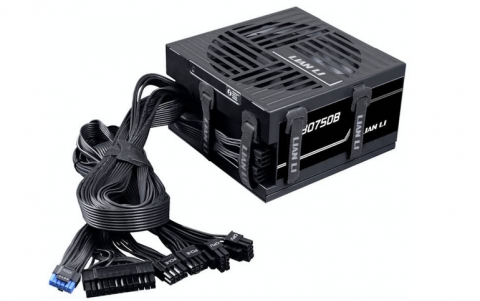
Samsung Reports Decreased Operating Profit For Third-quarter
Samsung Electronics said third-quarter profit fell 60.1 percent from a year earlier to the lowest in more than three years, as earnings for the mobile division continued to shrink.
Samsung’s revenue for the July-September period was KRW 47.45 trillion, a 9 percent decrease quarter-on-quarter (QOQ), while the operating profit for the quarter was KRW 4.06 trillion, a decrease of KRW 3.13 trillion QOQ.
"We have to admit that Samsung failed to respond to the new market order in smartphones, with profits sliding for the second straight quarter," Robert Yi, chief of the firm's investor relations team, said in a conference call to investors and analysts. "Our new focus is how to maintain a double-digit profitability."
Despite the marginal increase in third quarter smartphone sales, smartphone earnings decreased QOQ, as the company’s cost structure was adversely affected by the revenue drop. In addition, the ASP of smartphones declined due to an increased share of middle- to low-end smartphone sales and price reductions of existing smartphone models. Meanwhile, tablet sales and revenue increased QOQ, highlighted by the growing sales of the Galaxy Tab 4 series and the Galaxy Tab S. In the fourth quarter, Samsung expects the market demand for smartphones to increase QOQ, driven by the newly launched flagship model, the Galaxy Note 4, and new middle-end smartphone models as well as the year-end seasonal demand.
Moving forward in 2015, Samsung smartphone models will be further differentiated through flexible displays and metal frames, while the company’s new product development strategy will focus on streamlined strategic models in each price category to enhance product and cost competitiveness. Differentiated technologies and designs will also be applied to tablets. As for the wearable business, it will be developed into the company’s next growth engine through further diversification of the wearables portfolio.
Samsung's memory business saw stable demand in the third quarter. However, company's System LSI Business saw its earnings decrease, due to a combination of weaker demand for its application processors (AP) and customer component inventory correction. In the fourth quarter, Samsung expects a stable supply and demand balance for its memory business. while the System LSI Business will look to improve its performance by increasing supply of 20-nanometer mobile APs and expanding sales of LSIs.
Samsung recently announced a number of investments associated with semiconductors, which include the use of phase one of Line 17 for DRAM whose main purpose is to address the natural capacity losses attributed to process migration, as well as the PyeongTaek semiconductor fabrication plant which will enable the company to meet demand growth over the mid to long term. Additionally, 14-nanometer wafers are already being processed to meet mass production schedule by the end of 2014, in time to meet customer demand increase in 2015.
Meanwhile, the company's Consumer Electronics (CE) Division fell short of expectations, due to ASP decline of TVs and an earlier-than-expected end to the peak season for air conditioners.
In the third quarter, Samsung's Display Panel segment saw its strong LCD panel sales offset by weak sales in OLED panels. Going forward, LCD panel sales are expected to remain strong in the fourth quarter, driven by growing demand for larger display panels and a burgeoning UHD TV market. The company will also look to increase OLED panel sales by increasing its customer base and focusing on high-end smartphone panels.
In 2015, demand for LCD panels is expected to remain stable, and Samsung will focus on further increasing profitability by expanding mass market line-ups and increasing sales of premium products, including curved panels. With regards to OLED panels, the company will concentrate on flexible displays and cost competitive, glass-based OLED panels for the middle-end smartphone market.





















